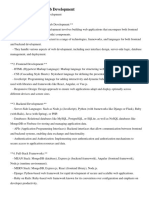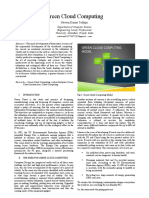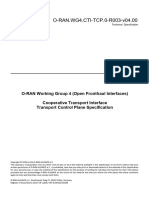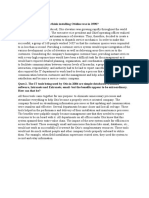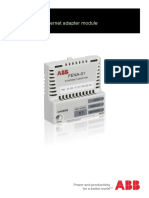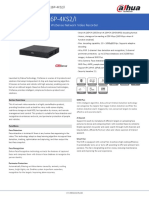0% found this document useful (0 votes)
57 views5 pagesSample
The document outlines the technical specifications for the IPO Web App and REST API, detailing both frontend and backend technologies, folder structures, setup instructions, and database schemas. It includes information on API endpoints, system architecture, testing, deployment, security measures, performance optimizations, version control, and future improvements. The application aims to provide real-time IPO information and requires adherence to Bluestock Fintech's IP policies.
Uploaded by
dilipnaidu616Copyright
© © All Rights Reserved
We take content rights seriously. If you suspect this is your content, claim it here.
Available Formats
Download as DOCX, PDF, TXT or read online on Scribd
0% found this document useful (0 votes)
57 views5 pagesSample
The document outlines the technical specifications for the IPO Web App and REST API, detailing both frontend and backend technologies, folder structures, setup instructions, and database schemas. It includes information on API endpoints, system architecture, testing, deployment, security measures, performance optimizations, version control, and future improvements. The application aims to provide real-time IPO information and requires adherence to Bluestock Fintech's IP policies.
Uploaded by
dilipnaidu616Copyright
© © All Rights Reserved
We take content rights seriously. If you suspect this is your content, claim it here.
Available Formats
Download as DOCX, PDF, TXT or read online on Scribd
/ 5




































